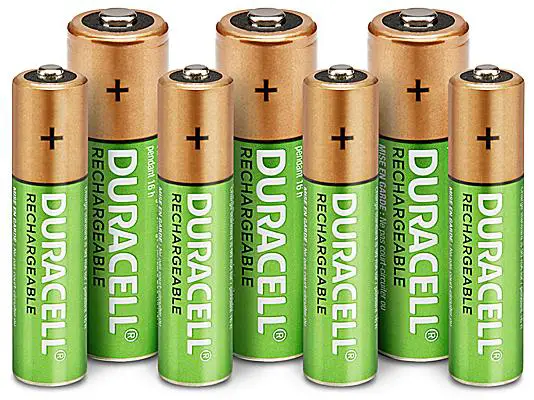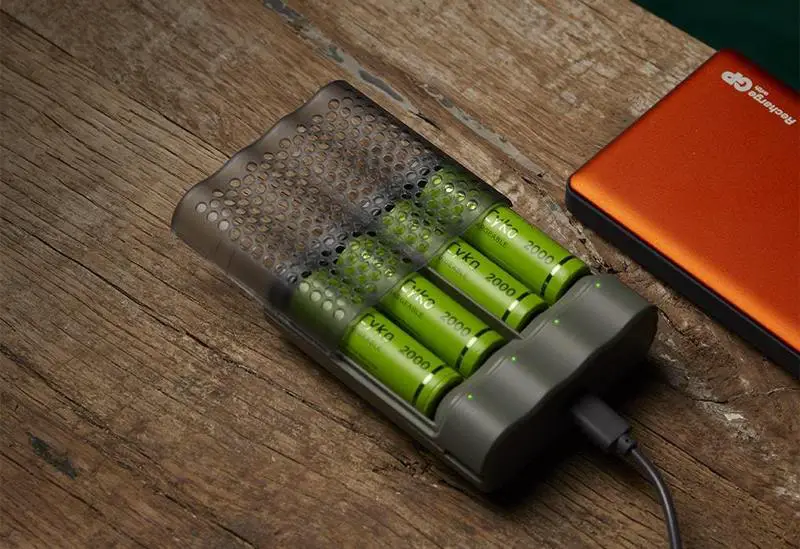Rechargeable batteries have actually been around for centuries and they are a part of our daily lives and today we are going to explain how do they work.
Today we still use them in our remote controls, radio receivers, and toys. Since the development of mobile phones, batteries are completely indispensable to us for a few decades now.
When the first battery was discovered?
Batteries are devices that produce electrical energy from chemical reactions.
The Italian scientist Alessandro Volta designed the first battery in 1799. He made it by stacking zinc and copper discs, between which he placed pieces of felt soaked in salted water, to conduct the electric current.
Thus the name of these devices comes precisely from the fact that the first one was made with a pile of metal discs.
After the invention of the voltaic pile, other battery designs emerged, some of which are still in use today, with slight modifications.

One of them is the lead-acid battery, invented by Gaston Planté in 1859. It is the very same battery used in conventional internal combustion cars.
Another one is the dry cell developed by Georges Leclanché, the alkaline batteries that we use in remote controls, have basically the same design and functions as those designed by Leclanché in 1868.
How do rechargeable batteries work?
All batteries work on the same principle, they must have two electrodes of metal or some metallic compound and must contain an electrolyte.
In the first voltaic battery, the electrodes were the metal disks and the electrolyte was salt, which was between the electrodes.
The chemical reaction that occurs inside a battery takes place between the electrodes: electrons flow from the negative to the positive pole, and the electrolyte helps to transport them.
An electric current is a flow of charges so the electrons moving in a battery make our appliances work.
In non-rechargeable batteries, there is only one possibility. When the substances in the electrodes run out, there is no more flow of electrons or electric current.

But we have become accustomed to having rechargeable batteries.
The lead-acid battery is one of the most common examples of rechargeable batteries, before the lithium-ion batteries in electronic devices.
Regardless of their design, what happens in rechargeable batteries is that the chemical reaction can be reversed.
In one direction the reaction produces an electric current, and in the opposite direction, we give electric current to make it happen.
Unfortunately, with each charge and discharge cycle, batteries do not fully recover, so even rechargeable batteries have a shelf life.
However, considering the pollution, they are a much better alternative than non-rechargeable batteries.





